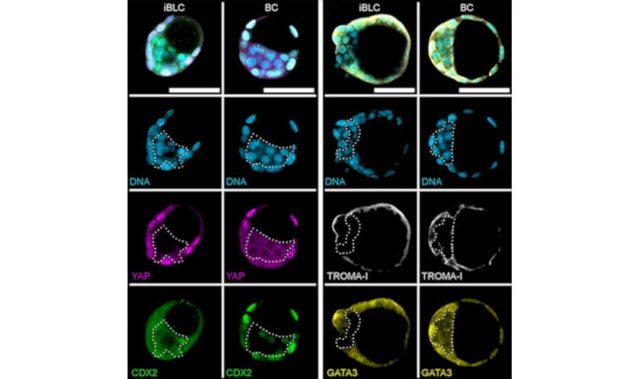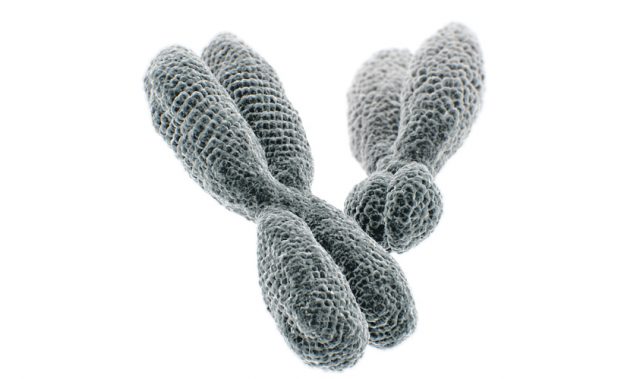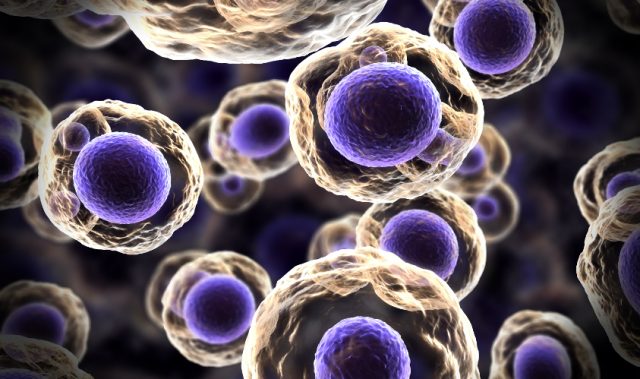
AsianScientist (Oct. 13, 2017) – Scientists in Japan have discovered how light-detecting cone cells in fish eyes organize themselves into a specific pattern during embryonic development. They published their findings in Physical Review E.
Zebrafish eyes have four different types of cone cells, which sense blue, ultraviolet and a combination of red and green. The ‘double cone’ cells that sense red and green can be arranged in different orientations, so the cells can end up in a pattern of ultraviolet, blue, and red or green cells in different patterns.
As the fish eyes develop, these cells originate from an area called the ciliary marginal zone. They then differentiate into the different cone cells and arrange themselves into a random pattern. Eventually, the cone cells rearrange themselves into a specific pattern, but how these specific patterns arise remains unclear. One hypothesis is that the patterns emerge from the different adhesion force between the cells in various orientations.
In this study, a team of researchers led by Dr. Noriaki Ogawa at the RIKEN Mathematical Physics Laboratory used a mathematical model to determine how the cone cells in zebrafish are arranged in a specific pattern in all individuals. It turns out that small defects in the patterns lead the cells to arrange themselves into only one of two possible patterns that might otherwise emerge.
“While this is well known, there is an unexplained problem. It turns out there are two patterns with the same lowest energy level, one parallel to the growth of the retina and the other perpendicular to it, so that they are simply the same pattern but rotated 90 degrees,” said Ogawa. “In real fish, however, only one of the two patterns is actually found.”
The authors realized there must be some mechanism leading to that pattern. They found that although the two patterns are equivalent if looked at using a static model, they were not so in a dynamic setting. Using a mathematical model, dynamic pattern selection, they discovered that small flaws that appear in the pattern can disrupt it and drive it to rearrange itself in a way that always leads to the pattern found in real fish.
“This is an important finding because this could have implications for the development of other structures in many organisms,” said Ogawa.
“There is much work to be done to fully explain the situation. We do know that there are other mechanisms, namely concentration gradients of chemicals, known as morphogens, that direct the development process and the polarities of cells. In order to fully understand how these patterns emerge in real organisms, we also need to understand the relationship between these mechanisms and experimentally determine the actual adhesion strength between cells and other parameters,” he added.
The article can be found at: Ogawa et al. (2017) Dynamical Pattern Selection of Growing Cellular Mosaic in Fish Retina.
———
Source: RIKEN; Photo: Pexels.
Disclaimer: This article does not necessarily reflect the views of AsianScientist or its staff.












